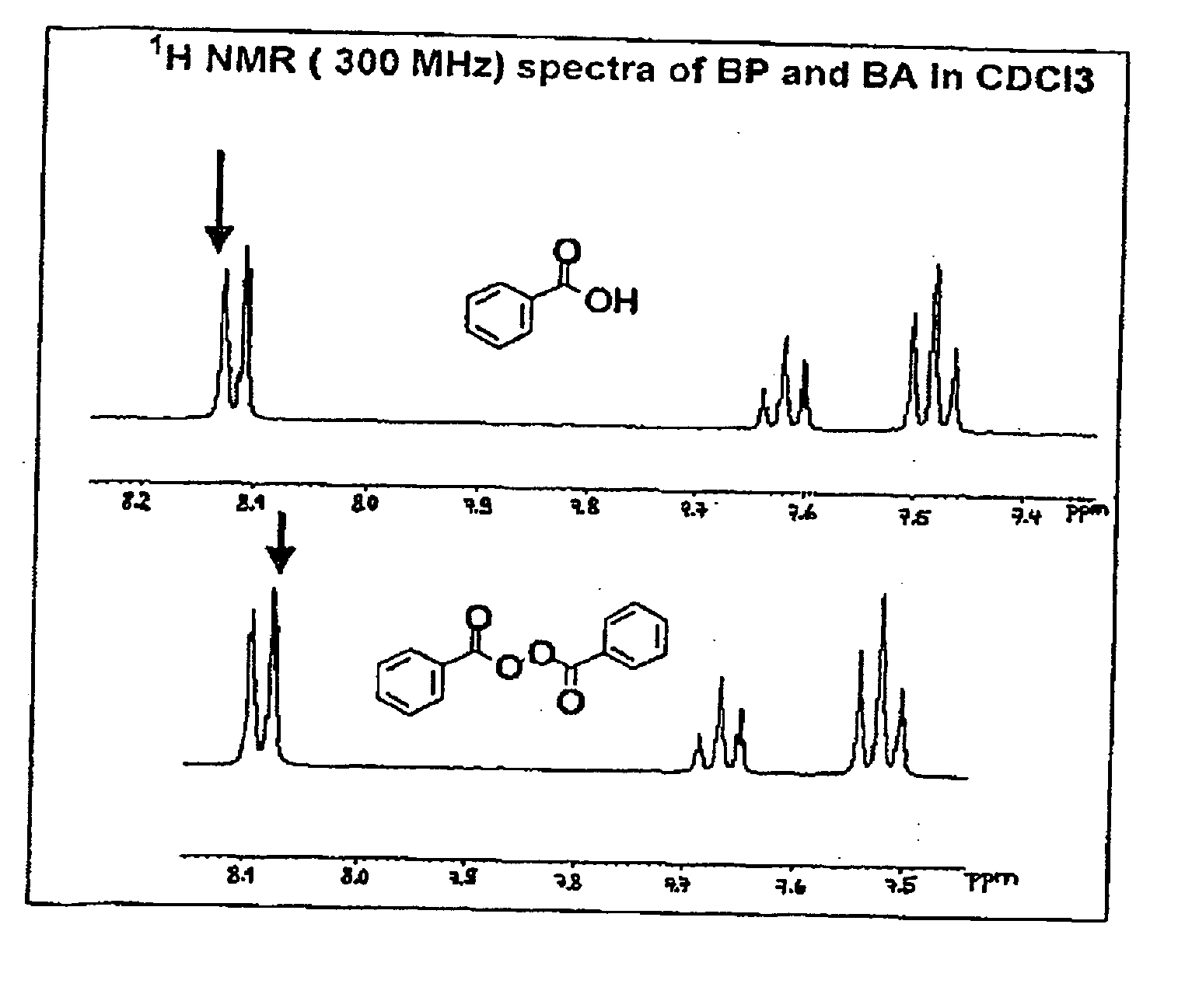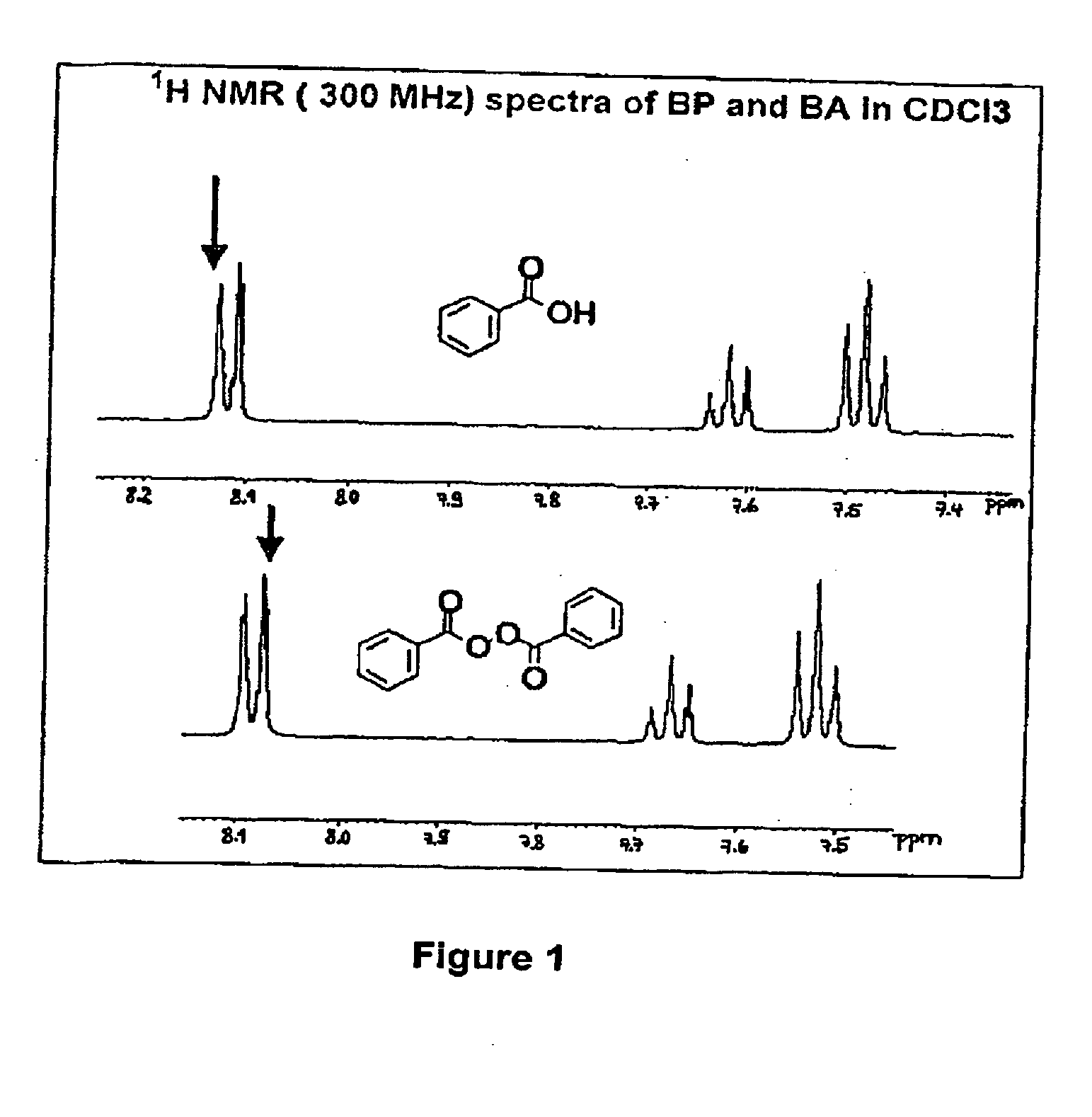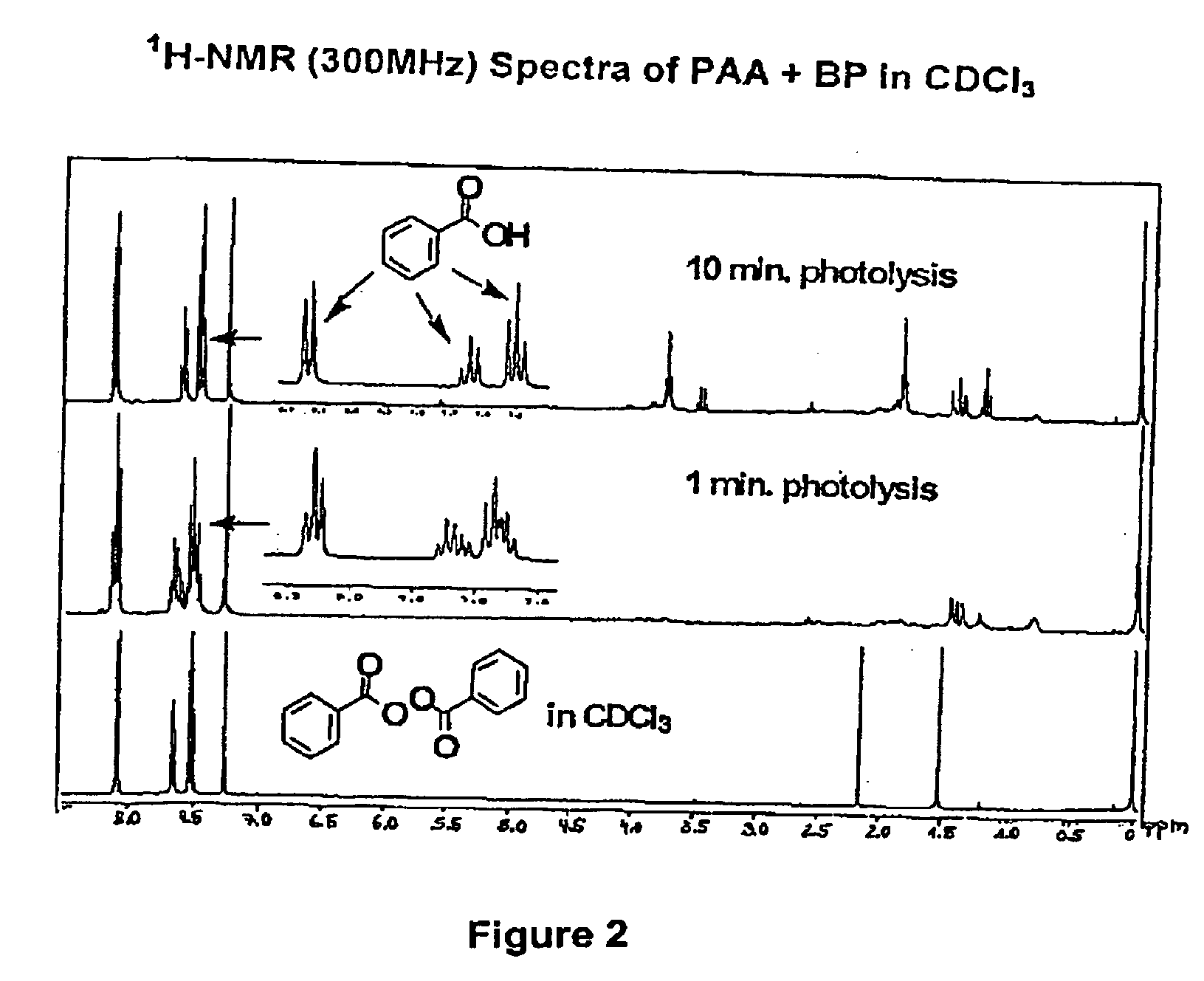Superabsorbent polymers comprising direct covalent bonds between polymer chain segments and methods of making them
a technology of covalent bonds and polymer chains, which is applied in the direction of absorbent pads, tampons, bands, etc., can solve the problems of affecting the capacity of sap particles, taking a relatively long time, and a minimum of 30 min, so as to facilitate liquid absorption, reduce osmotic pressure, and facilitate liquid absorption
- Summary
- Abstract
- Description
- Claims
- Application Information
AI Technical Summary
Benefits of technology
Problems solved by technology
Method used
Image
Examples
Embodiment Construction
[0037] SAPs are available in a variety of chemical forms, including substituted and unsubstituted natural and synthetic polymers, such as carboxymethyl starch, carboxymethyl cellulose, and hydroxypropyl cellulose; nonionic types such as polyvinyl alcohol, and polyvinyl ethers; cationic types such as polyvinyl pyridine, polyvinyl morpholinione, and N,N-dimethylaminoethyl or N,N-diethylaminopropyl acrylates and methacrylates, and the respective quaternary salts thereof. Typically, SAPs useful herein may have a multiplicity of anionic, functional groups, such as sulfonic acid, and more typically carboxyl groups. Examples of polymers suitable for use herein may include those, which are prepared from polymerizable, unsaturated, acid-containing monomers. Thus, such monomers include the olefinically unsaturated acids and anhydrides that contain at least one carbon-to-carbon olefinic double bond. More specifically, these monomers can be selected from olefinically unsaturated carboxylic acid...
PUM
| Property | Measurement | Unit |
|---|---|---|
| temperature | aaaaa | aaaaa |
| temperatures | aaaaa | aaaaa |
| temperatures | aaaaa | aaaaa |
Abstract
Description
Claims
Application Information
 Login to View More
Login to View More - R&D
- Intellectual Property
- Life Sciences
- Materials
- Tech Scout
- Unparalleled Data Quality
- Higher Quality Content
- 60% Fewer Hallucinations
Browse by: Latest US Patents, China's latest patents, Technical Efficacy Thesaurus, Application Domain, Technology Topic, Popular Technical Reports.
© 2025 PatSnap. All rights reserved.Legal|Privacy policy|Modern Slavery Act Transparency Statement|Sitemap|About US| Contact US: help@patsnap.com



